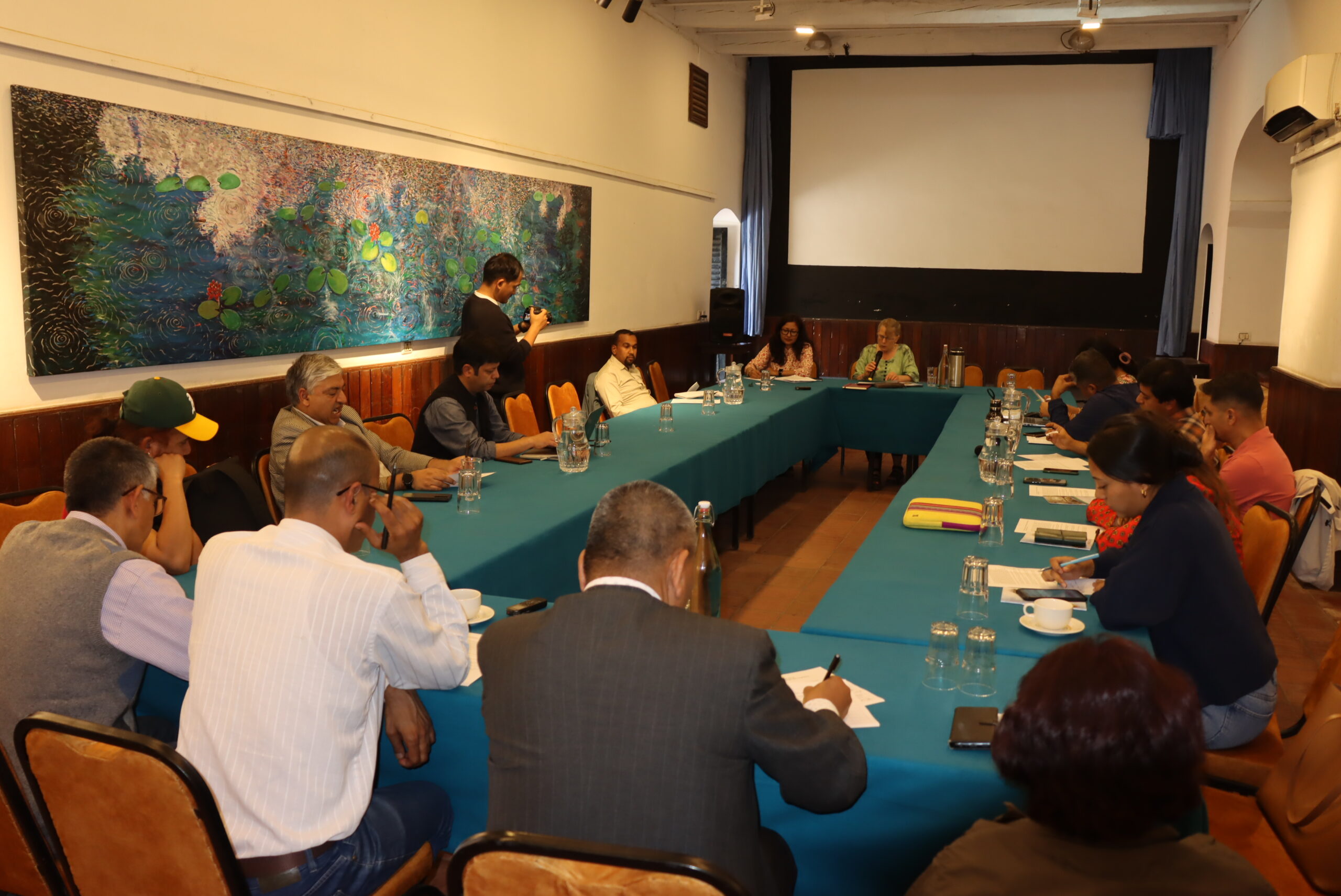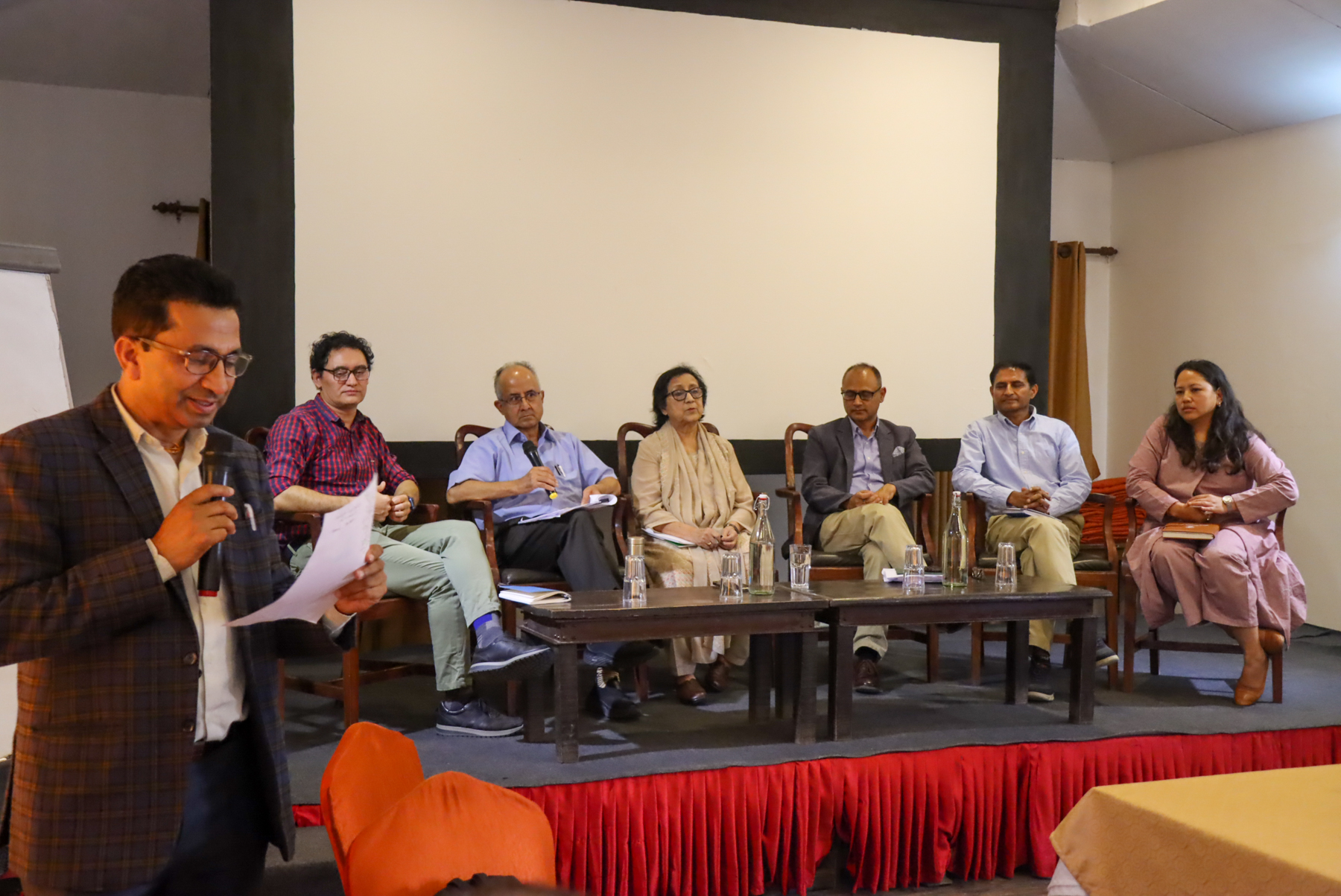On April 19, 2022, SIAS conducted another Future Himalayan Research Seminar series. Mr. Mattias Hansson and Mr. Fredrik Andersson, Master’s Students, Swedish University of Agricultural Sciences presented on the topic “Human-wildlife conflict and impact on smallholder livelihoods in the mid-hills of Nepal”. Their presentation was based on the preliminary findings of their ongoing research thesis. The findings were collected from their recent fieldwork in Ramechhap and Dhading.
Seminar Overview
For most families in rural Nepal, available farmland is scarce and commonly encompasses only 0.5 hectare or less. Socio-economic changes and especially the decrease in profitability of agriculture has resulted in large-scale out-migration from the mountain villages in search of work and income, most commonly abroad to Persian Gulf countries and Malaysia. With increasing remittance incomes in village households, the reliance on the forest as a provider of fuel, household energy, construction materials, and fodder is generally diminishing, however, there are variations between locations and social groups. With high levels of out-migration (particularly of young men), household labour has become an increasingly scarce resource, and households, therefore, leave less productive agricultural land, while the most fertile and accessible plots are used more intensively. On the abandoned farmland, trees and bush vegetation start to regrow, which together with the thickening of forests and with less human activity in the rural landscapes further favour the growth and hospitability of wildlife populations. Such an increase in turn has serious effects on small-scale farming, as particularly crops (but to lesser degree livestock) are lost and in some upland villages threaten the possibility to perform agriculture completely. This dynamic of land use change turns into a vicious cycle; the land is abandoned, which makes the forest expand and wildlife creep closer to other agricultural areas, resulting in more land being abandoned. In the meantime, the farmers have no possibilities to deal with the situation due to current policies and exercising their own wildlife control is not possible since hunting and trapping is illegal. These issues and how they are connected are being studied in this research.




